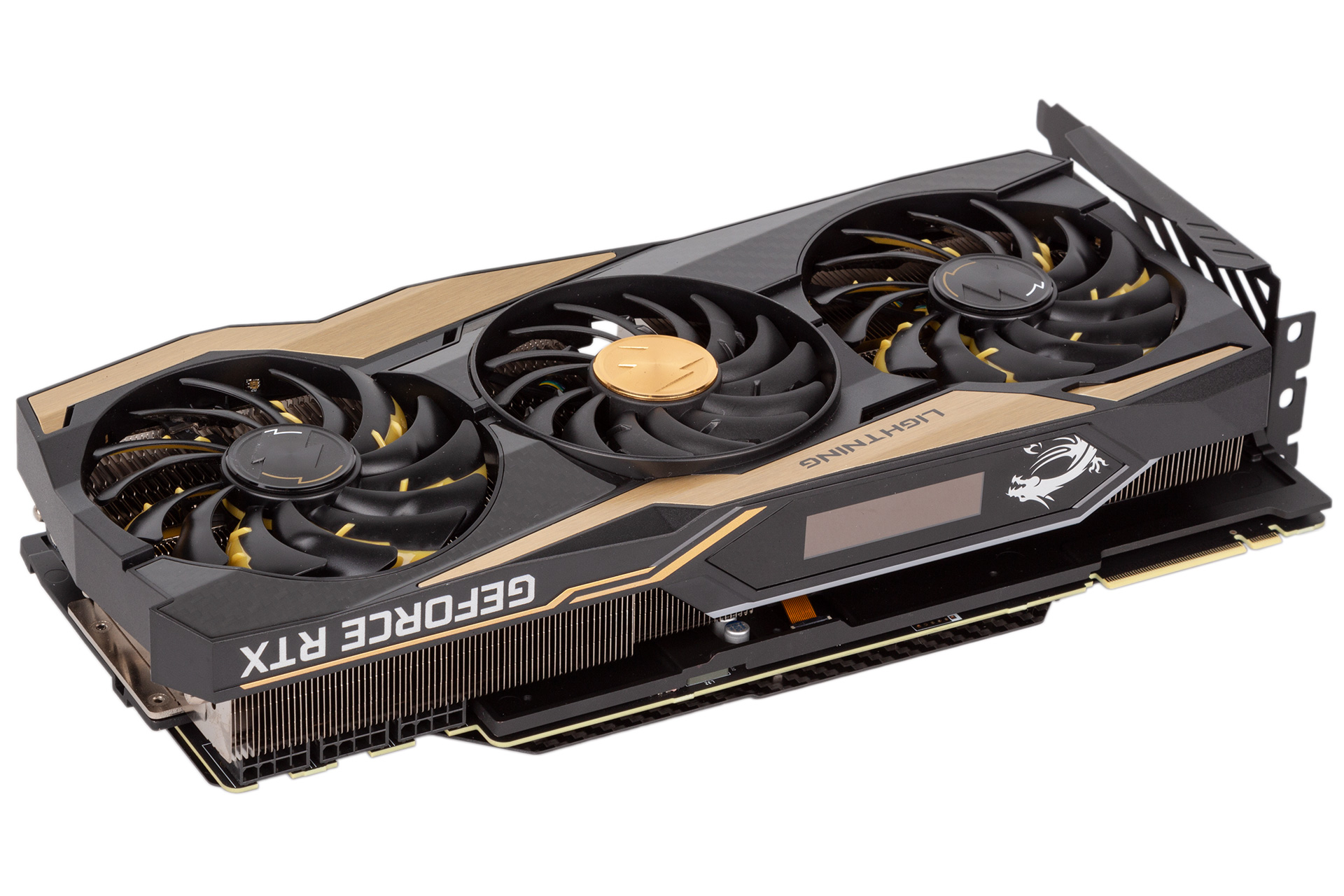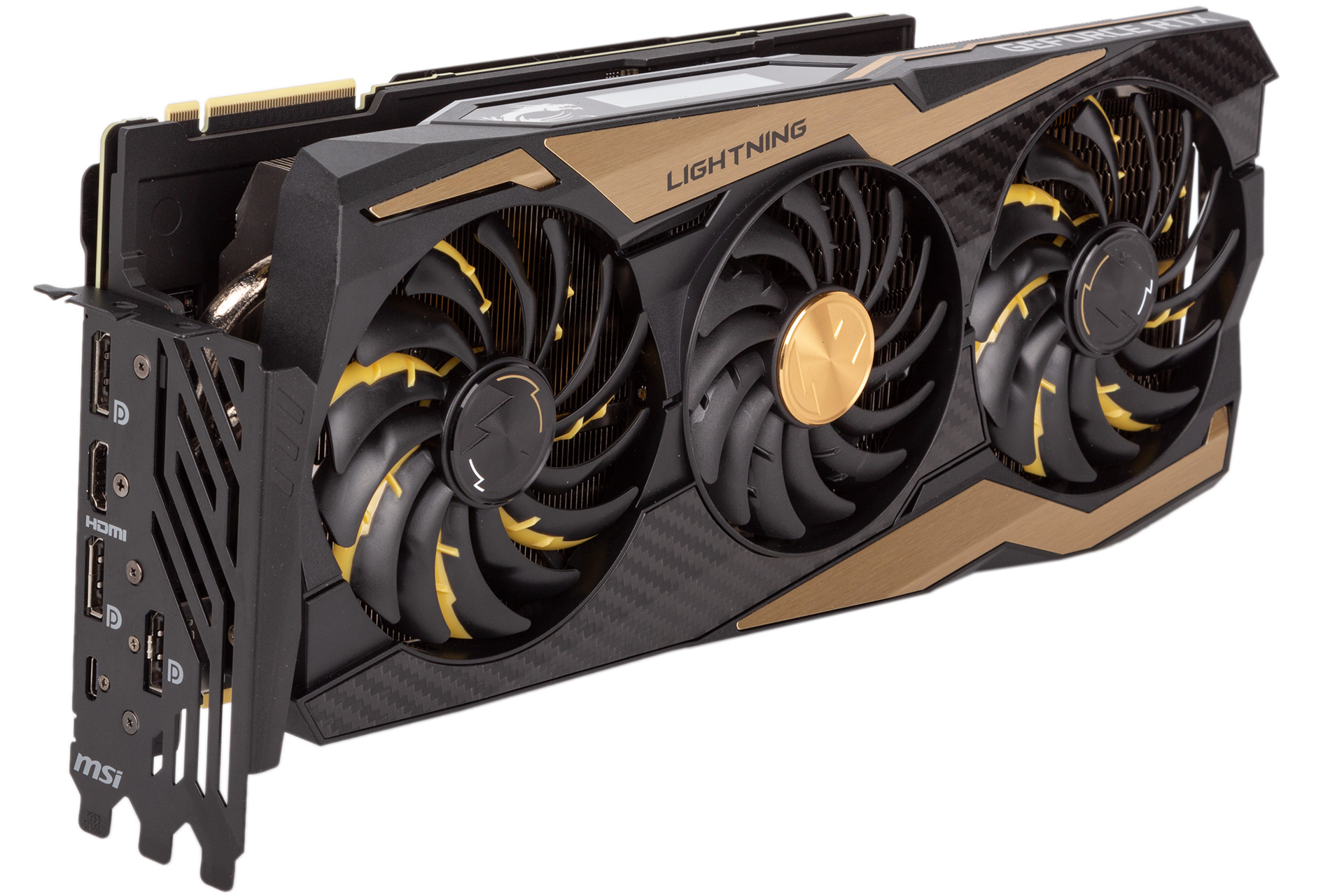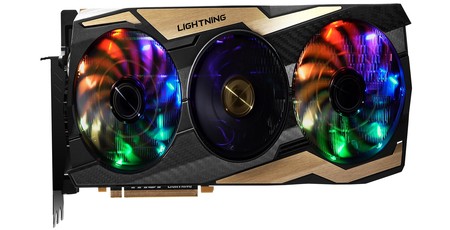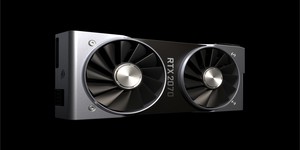Performance Analysis
Prevented from claiming the top spot in every performance test by an anomalous result in VRMark The Orange Room and Nvidia driver issues in Total War: Warhammer II, the MSI RTX 2080 Ti Lightning Z is nevertheless easily the fastest graphics card we’ve ever tested, averaging an eight percent lead over the RTX 2080 Ti Founders Edition. It’s truly a 4K-capable card and is sure to continue to deliver awesome graphics power for years, although the same could certainly be said of any RTX 2080 Ti – this is in no way a product designed to offer a good price:performance ratio.
Exact performance depends on the game, of course, and titles like Total War: Warhammer II and Deus Ex: Mankind Divided are still enough to restrict average frame rates to below 60fps at 4K, but others like Wolfenstein II are capable of well over 100fps on average at this challenging resolution. We still feel 1440p is the optimal resolution for gaming currently, and this card would allow you to take full advantage of a high refresh rate 1440p G-Sync HDR panel.
The high performance is not surprising considering the aggressive factory overclock. Out of the box, this card was boosting comfortably to around 1,950MHz, which is very high for the RTX 2080 Ti. GPU-Z was listing power as the main cap on clock speed, indicating that there is more in the tank.

Such boosting comes at a cost, however, namely power consumption. Even compared to the Zotac RTX 2080 Ti Amp, itself a pre-overclocked RTX 2080 Ti, the Lightning Z raises overall power consumption by almost 100W, making it highly inefficient for the small performance gains it achieves.
More power typically translates into more heat, and indeed the Lightning Z was only able to offer temperatures equivalent to the Founders Edition despite a massive difference in size and volume (the FE does use a vapour chamber, though). Our sample didn’t get too loud, with the fans capping out at a quiet 1,500 RPM under load and settling at 850 RPM when idle (virtually silent). However, it’s important to acknowledge that our test setup is pretty much as optimal as it can be for this GPU. Our Air 740 has great front-to-back airflow, and given how long this card is, part of the heatsink literally sits next to the front case fans/mesh front panel, giving it a decent extra blast of air that could certainly have skewed the results in its favour and kept noise levels down. All cards are tested in the same environment, of course, but so long a card may benefit more from it. As such, we’re being cautious in how much we praise the cooler here and are looking to introduce a “low-airflow” thermal test for certain cards in order to eke out differences – sadly our time with this card was very short indeed. Still, if you’re confident your case has similarly good airflow, you shouldn’t see this card get overly hot or loud.
Overclocked by 125MHz, the new boost speeds were consistently above 2,000MHz and capped out at 2,100MHz, which is truly impressive for an RTX 2080 Ti. Increases to the temperature and fan speed did occur, but not big ones.
Conclusion
It’s always interesting and fun to play with the latest and greatest graphics hardware. With its 1,770MHz factory overclock, MSI’s RTX 2080 Ti Lightning Z is the fastest graphics card we’ve ever tested, though that title changes hands often, and there are other models on the market with similar overclocks. Still, it can keep up with the most demanding titles even at 4K, and its primed and ready to leverage ray tracing and DLSS when they appear in more games.
The craftsmanship is largely excellent, too, from the carbon backplate with integrated heat pipe to the beefed up cooler and the large custom PCB with great power delivery credentials, MSI’s engineers have definitely been working hard. All of this comes together to deliver what appears to be excellent overclocking potential, although mileage will always vary on this point. Still, it would make sense for MSI to be reserving its very best GPUs for this card, as it no doubt will be pushing overclockers to use them to break a record or two.

Cranking everything to 11 sees the card get extremely power hungry, but the cooler appears capable of handling itself, at least in cases where airflow is decent. You’ll also need to ensure your setup can handle this card’s mammoth weight and size.
There are imperfections, of course: The RGB lighting placement is a bit odd as is the clashing gold colour scheme. Beyond the aesthetic, the lack of a memory overclock is a shame, and there’s also the strange absence of semi-passive cooling unless you switch to the non-overclocked LN2 BIOS – the mind boggles.
We also can’t help but wonder if MSI’s Lightning cards shouldn’t just make the move to an integrated DIY water-cooling solution, as anyone willing to splash this much cash on a GPU probably won’t mind the added expense of water-cooling, and it should help the card out when it comes to overclocking which is after all supposed to be the point. It wouldn’t impact extreme overclockers, either, since they’re going to switch to sub-zero methods anyway.
This is clearly not a product for everyone, but its chart-topping performance makes it a worthy winner of our Extreme award, and if you’re shopping for the fastest RTX 2080 Ti around, this will certainly be one of them.


MSI MPG Velox 100R Chassis Review
October 14 2021 | 15:04









Want to comment? Please log in.